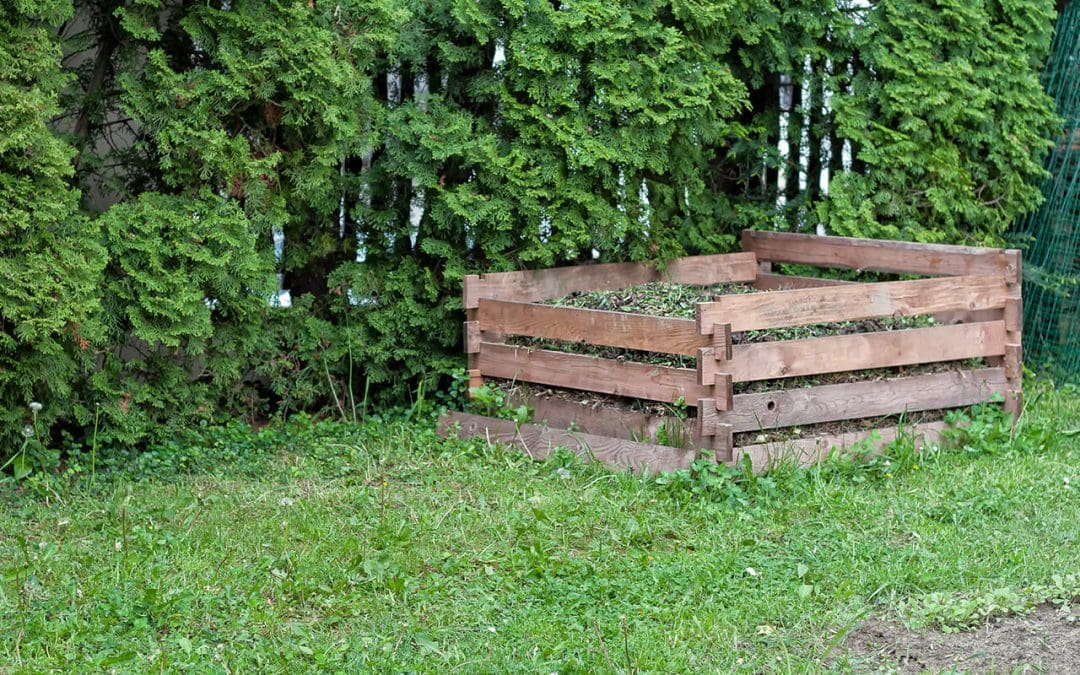Composting at home is a fantastic way to reduce household waste and create nutrient-rich soil for your garden. Whether you’re a seasoned gardener or a novice looking to make a positive environmental impact, composting is a simple and rewarding activity. We’ll guide you through the process, from understanding composting to maintaining your compost pile for the best results.
What is Composting?
Composting is the process of recycling organic material like leaves and food scraps into fertilizer that feeds soil and plants. Microorganisms decompose organic material under controlled conditions, turning waste into a dark, crumbly, earthy-smelling substance known as compost.
Why Compost at Home?
Composting at home has many benefits. It reduces the amount of waste sent to landfills, decreasing greenhouse gas emissions. Composting also enriches soil, which helps keep moisture and prevent diseased plants. Moreover, using compost lowers the need for chemical-based fertilizers, promoting healthier plant growth and contributing to a more sustainable gardening practice.
Getting Started with Composting at Home
Starting a compost pile or bin at home is simple. The first step is choosing a suitable composting method. Various options include backyard composting bins, tumblers, and even indoor worm composting systems. Select a method that suits your available space and lifestyle.
- Selecting a Site: Choose a dry, shady spot near a water source for your compost pile or bin. The location should be easily accessible but not too close to your home to avoid potential odors.
- Building Your Compost Pile: Start by laying down a few inches of coarse materials like twigs or straw to help drainage. Then, add alternating layers of green and brown materials. Green materials include coffee grounds, produce scraps, and grass, while leaves, cardboard, and wood chips are considered brown materials.
- Maintaining the Right Balance: Aim for a balance of roughly three parts brown materials to one part green materials. This ratio ensures the compost pile has the necessary carbon (browns) and nitrogen (greens) for decomposition.
Maintaining Your Compost Pile
To produce high-quality compost, you need to maintain your compost pile. Turning the pile with a pitchfork or shovel aerates it, providing oxygen that the microorganisms need to break down the materials. Aim to turn your pile every few weeks or more often if you notice unpleasant odors.
Keep your compost pile moist, akin to the feel of a damp sponge. If it’s too dry, add water; if it’s too wet, add brown materials to absorb excess moisture. Monitoring the temperature of your compost pile is also beneficial. Active compost piles should feel warm to the touch, indicating that decomposition is happening efficiently.
Harvesting and Using Your Compost
Depending on the conditions, compost takes a few months to a year to be ready. Mature compost will be dark, crumbly, and smell earthy. To harvest your compost, sift it through a screen to remove any large, undecomposed pieces that can return to the pile.
Use your finished compost to enrich garden beds, improve soil structure, and provide essential nutrients to your plants. Mix it into potting soil, use it as a top dressing for the lawn, or incorporate it into planting holes for vegetables and flowers.
Follow these guidelines to transform your kitchen and garden waste into a valuable resource that benefits your garden and the environment.
FAQs For Composting at Home
Can I compost during winter?
Yes, composting can continue through winter. The process may slow down, but adding insulation to your bin and adding materials will keep the process going.
Are meat and dairy products compostable?
Avoid adding meat and dairy products to your compost, as they attract pests and create unpleasant odors.
How do I know when my compost is ready?
Compost is ready when it’s dark, crumbly, and smells earthy. It should no longer resemble the original materials you added.
What should I do if my compost pile is too wet?
If your compost pile is too wet, add more brown materials like leaves, straw, or cardboard to absorb the excess moisture and turn the pile to aerate it.
Checkpoint Home Inspections offers professional inspection services to homebuyers and sellers near the North Coast of Oregon. Contact us to request an appointment.

